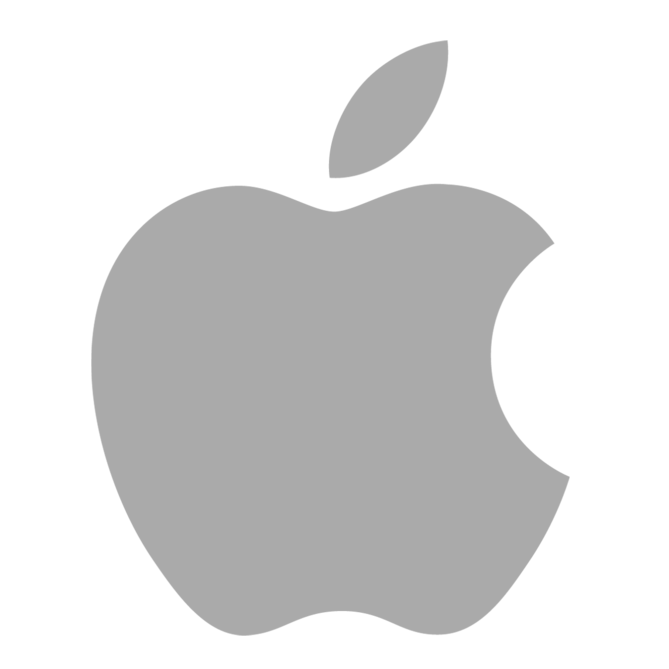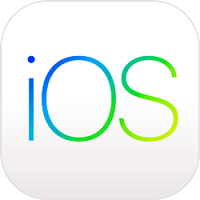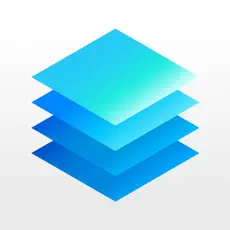Introduction
Miro is a versatile online whiteboard collaboration platform designed to facilitate teamwork, brainstorming, and visual collaboration between teams and individuals. With an intuitive interface and a wide range of features, Miro allows users to create ideas, plan and execute projects in a digital workspace. In this article, we'll explore the features of Miro, explore its use in various industries, and answer common user questions to provide a comprehensive overview of this innovative tool.
Developer Disclosure: Miro
Miro is developed and maintained by Miro (formerly RealtimeBoard), a software developer headquartered in San Francisco, California. Founded in 2011 by Andrei Husid and Oleg Shardin, Miro aims to revolutionize collaboration by providing a digital platform where teams can work together visually, regardless of their location. With a focus on simplicity, flexibility and creativity, Miro has amassed a global user base and is recognized as the leading solution for remote collaboration and visual thinking.
Key features of Miro
- Whiteboard collaboration: Miro is a digital canvas on which team members can work in real time to create, edit and organize content such as sticky notes, images, diagrams and drawings. Users can suggest ideas, give feedback and brainstorm collectively, fostering collaboration and innovation.
- Templates and frameworks: The platform provides many ready-made templates and frameworks for a variety of use cases, including agile workflows, project planning, design thinking, and more. These templates serve as a starting point for teams to structure their work and optimize collaboration.
- Integration with third-party tools: Miro seamlessly integrates with popular tools and platforms such as Slack, Microsoft Teams, Google Drive, Jira, Trello and more. This integration allows users to import content, share updates, and synchronize workflows across multiple applications, increasing productivity and workflow efficiency.
- Real-time collaboration: Miro provides real-time collaboration, allowing team members to work synchronously on the same canvas from anywhere in the world. Users can see each other's changes in real time, participate in discussions via chat or video conferencing, and track progress together.
- Presentation Mode: Miro offers a presentation mode that allows users to showcase their boards and present their ideas to stakeholders or customers. With customizable presentation settings and interactive features, users can deliver engaging and impressive presentations right within the Miro platform.
- Security and Scalability: Miro prioritizes data security and privacy, offering features such as role-based access control, encryption, and compliance with industry standards such as GDPR and SOC 2. In addition, Miro's cloud infrastructure provides scalability and reliability to accommodate teams of any size and growth trajectory.
Conclusion
Miro is a versatile and powerful visual collaboration platform that enables teams to work together regardless of their physical location. With an intuitive interface, a wide range of features and robust integrations, Miro enables users to unleash their creativity, optimize workflows and drive innovation across industries and applications. Whether collaborating remotely, brainstorming ideas, or managing complex projects, Miro serves as a catalyst for teamwork, communication, and productivity in the digital age. By leveraging Miro's capabilities, teams can reach their full potential and succeed in an increasingly connected and collaborative world.


































